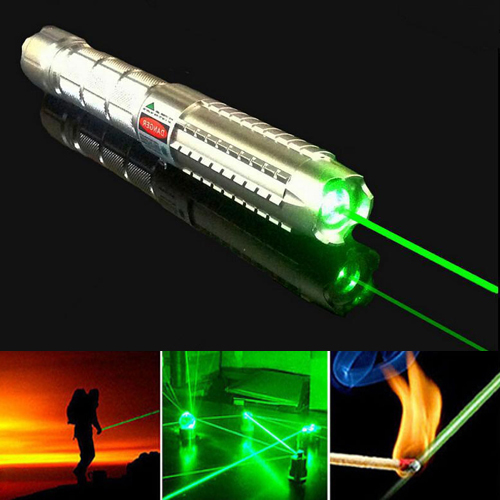LIGO’s two interferometers are located in Livingston on the south coast of the United States and Hanford on the northwest coast. Each interferometer is composed of two 4km long vacuum steel pipe arms that are perpendicular to each other in an L shape. Many finely processed mirrors are installed at the ends. When a laser pointer passes through the interferometer, the laser beam will split into two beams and travel along the two tube arms.
When a gravitational wave appears, one of the tube arms will be stretched, and the other tube arm will be compressed, so that the two laser beams travel different distances along the two tube arms, and will become out of sync when they meet again. Using this principle, LIGO’s sensitivity is sufficient to detect a target moving distance of only one ten thousandth of the proton diameter (ie 10-19 meters). Therefore, even if the gravitational wave signal is extremely weak, the LIGO interferometer can capture it.
Due to its extremely high sensitivity, the LIGO interferometer is very susceptible to interference from background noise. Scientists already have countermeasures for the disturbance of truck rumble and temperature difference fluctuations in the distance, but the quantum mechanical fluctuation noise of the laser beam generated by the laser often overwhelms the weak gravitational wave signal. The uncertainty of the number of photons in the red laser pointer laser beam that reaches the LIGO detector also brings uncertainty to the measurement of the moving distance; the unknown number of photons is also caused by the momentum impulse applied when hitting the LIGO mirror The mirror movement further increases the uncertainty of the measurement results.
